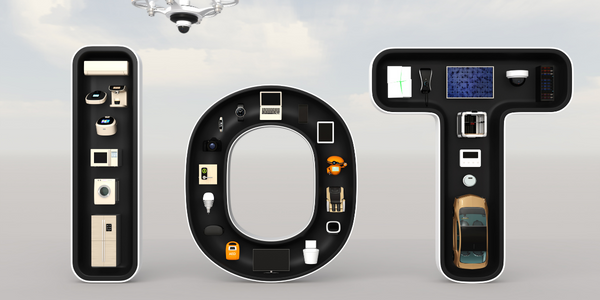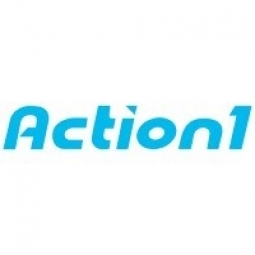Applicable Industries
- Equipment & Machinery
- National Security & Defense
Use Cases
- Cybersecurity
- Inventory Management
Services
- Cybersecurity Services
About The Customer
The customer is a multinational hospitality company headquartered in Europe. The company operates thousands of hotels worldwide and has a comprehensive IT security policy that requires all software on all corporate computers to be updated to the latest versions. The company's central IT office uses vulnerability assessment technology to monitor each hotel's adherence to this security policy. However, the local IT teams were struggling with the manual and time-consuming process of patching detected flaws, particularly for devices that employees took home.
The Challenge
A multinational hospitality company, with thousands of hotels worldwide, was struggling with maintaining up-to-date software across all its corporate computers. The company's IT security policy required all software, including OS and third-party apps like Adobe Reader, Chrome, and Java, to be updated to the latest versions. The central IT office used vulnerability assessment technology to monitor each hotel's adherence to this security policy. However, the local IT teams found it challenging to promptly patch detected flaws using only WSUS. The process was time-consuming, increased the risk of human errors, and was particularly challenging for devices that employees took home. To overcome these issues, the company began searching for a cloud-based patch management solution.
The Solution
The company chose Action1 for its robust patch management capabilities and ease of use. Action1 is a cloud-native platform that works equally well for in-office and remote endpoints and can be used from any device with a browser. With Action1, the local IT team quickly developed an automated patch management program that ensured timely updates of all corporate devices, improving security and reducing the IT workload. The IT team also found that Action1 included multiple valuable tools that they did not expect. In addition to robust patch management, the team could now deploy software, provide IT support to remote employees, run scripts, and inventory IT assets, all through the same easy-to-use interface.
Operational Impact
Quantitative Benefit

Case Study missing?
Start adding your own!
Register with your work email and create a new case study profile for your business.
Related Case Studies.

Case Study
Smart Water Filtration Systems
Before working with Ayla Networks, Ozner was already using cloud connectivity to identify and solve water-filtration system malfunctions as well as to monitor filter cartridges for replacements.But, in June 2015, Ozner executives talked with Ayla about how the company might further improve its water systems with IoT technology. They liked what they heard from Ayla, but the executives needed to be sure that Ayla’s Agile IoT Platform provided the security and reliability Ozner required.

Case Study
IoT enabled Fleet Management with MindSphere
In view of growing competition, Gämmerler had a strong need to remain competitive via process optimization, reliability and gentle handling of printed products, even at highest press speeds. In addition, a digitalization initiative also included developing a key differentiation via data-driven services offers.

Case Study
Predictive Maintenance for Industrial Chillers
For global leaders in the industrial chiller manufacturing, reliability of the entire production process is of the utmost importance. Chillers are refrigeration systems that produce ice water to provide cooling for a process or industrial application. One of those leaders sought a way to respond to asset performance issues, even before they occur. The intelligence to guarantee maximum reliability of cooling devices is embedded (pre-alarming). A pre-alarming phase means that the cooling device still works, but symptoms may appear, telling manufacturers that a failure is likely to occur in the near future. Chillers who are not internet connected at that moment, provide little insight in this pre-alarming phase.

Case Study
Premium Appliance Producer Innovates with Internet of Everything
Sub-Zero faced the largest product launch in the company’s history:It wanted to launch 60 new products as scheduled while simultaneously opening a new “greenfield” production facility, yet still adhering to stringent quality requirements and manage issues from new supply-chain partners. A the same time, it wanted to increase staff productivity time and collaboration while reducing travel and costs.

Case Study
Integration of PLC with IoT for Bosch Rexroth
The application arises from the need to monitor and anticipate the problems of one or more machines managed by a PLC. These problems, often resulting from the accumulation over time of small discrepancies, require, when they occur, ex post technical operations maintenance.

Case Study
Data Gathering Solution for Joy Global
Joy Global's existing business processes required customers to work through an unstable legacy system to collect mass volumes of data. With inadequate processes and tools, field level analytics were not sufficient to properly inform business decisions.







